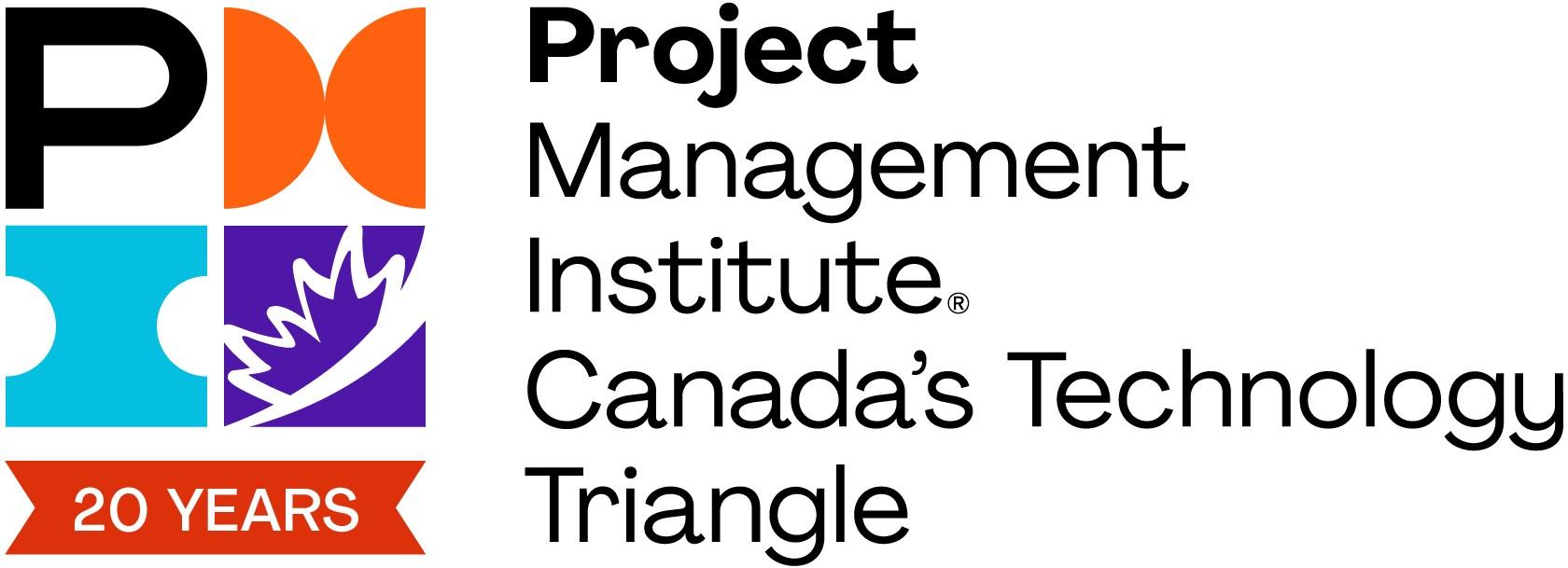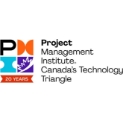March 08 2024 at 11:00AM
CCARI – A Universal Storytelling Framework for Project Managers
You have probably heard the advice that to gain people’s attention, you should tell them a story. But what kind of stories do you create, and how do you create a good story?
I have studied stories and storytelling all my life. Ghosts, science fiction, and fantasy stories as a child enthralled me. When I was an undergraduate, I majored in speech communication with an emphasis on persuasion. I spent hours in debate and speech tournaments, where I learned the incredible power of stories to motivate people. I attribute much of my project management success to the ability to tell stories that move teams, customers, and stakeholders.
So, what makes a good story to help project managers succeed?
The Heart of Story - Challenge
Dr. Randy Olson is a marine biologist who decided to become a filmmaker. During his research into narrative, he created the “ABT Framework.” He argues that all stories can be reduced to a formula – “And, But, Therefore.” Things are going well, and we are content with the situation. But change happens. Therefore, things are different, and we adjust to the new order of things.
Neuroscience research has demonstrated that people’s brains are profoundly affected by stories. When listening to or viewing a story, the audience’s brainwaves synchronize with the storytellers. People imagine themselves in the story and often experience the same emotions as the hero.
Enter the CCARI Framework
As project managers, we rarely have stories as compelling as the latest bestselling novel or summer movie blockbuster. However, we do have important information to communicate. When I want to communicate vital information to grab my audience’s attention and compel a favorable decision, I use the Context, Challenge, Action(s), Result(s), and Impact(s) (CCARI) Framework.
The ABT Framework is at the heart of the CCARI Framework. I use CCARI because its structure is easy to understand and remember for both the storyteller and the audience. I can quickly build a PowerPoint presentation or impromptu phone conversation by jotting down the five parts of the framework and filling in the details.
CCARI in Action
When I returned to the U.S. Federal government in 2008, I worked for the Office of Personnel Management’s Pay and Leave Policy group. The office was staffed by brilliant policy analysts with distinctive ways of working. When collaborating on creating or revising policies, the analysts would spend hours finding information from past policy collaborations that were filed away in the three file rooms, on people’s desktops, email folders, shared folders, or in a vacationing colleague’s office. And we had inconsistent version control. You can imagine the chaos.
During a staff meeting, I suggested using a wiki to tame the scrambling around for documents. I used the CCARI Framework to build my message. Here is the gist of what I said:
Context – The office produces lots of information stored in emails, shared drives, desktops, etc.
Challenge - We can’t find anything, and there is no quality/version control.
Action – We set up a Wiki and train everyone on using it.
Result – We can find information better and have version control.
Impact – Less time spent searching and verifying information. More reliability in our decisions.
I was asked to work with the IT department and set up a pilot wiki. After a few months, the management liked the results, and we formally implemented the wiki. I could tell my communication was successful because I heard the leaders repeat my message in the same CCARI format I used to present the idea.
So, the next time you have something important to say, use a CCARI story to communicate your message.



